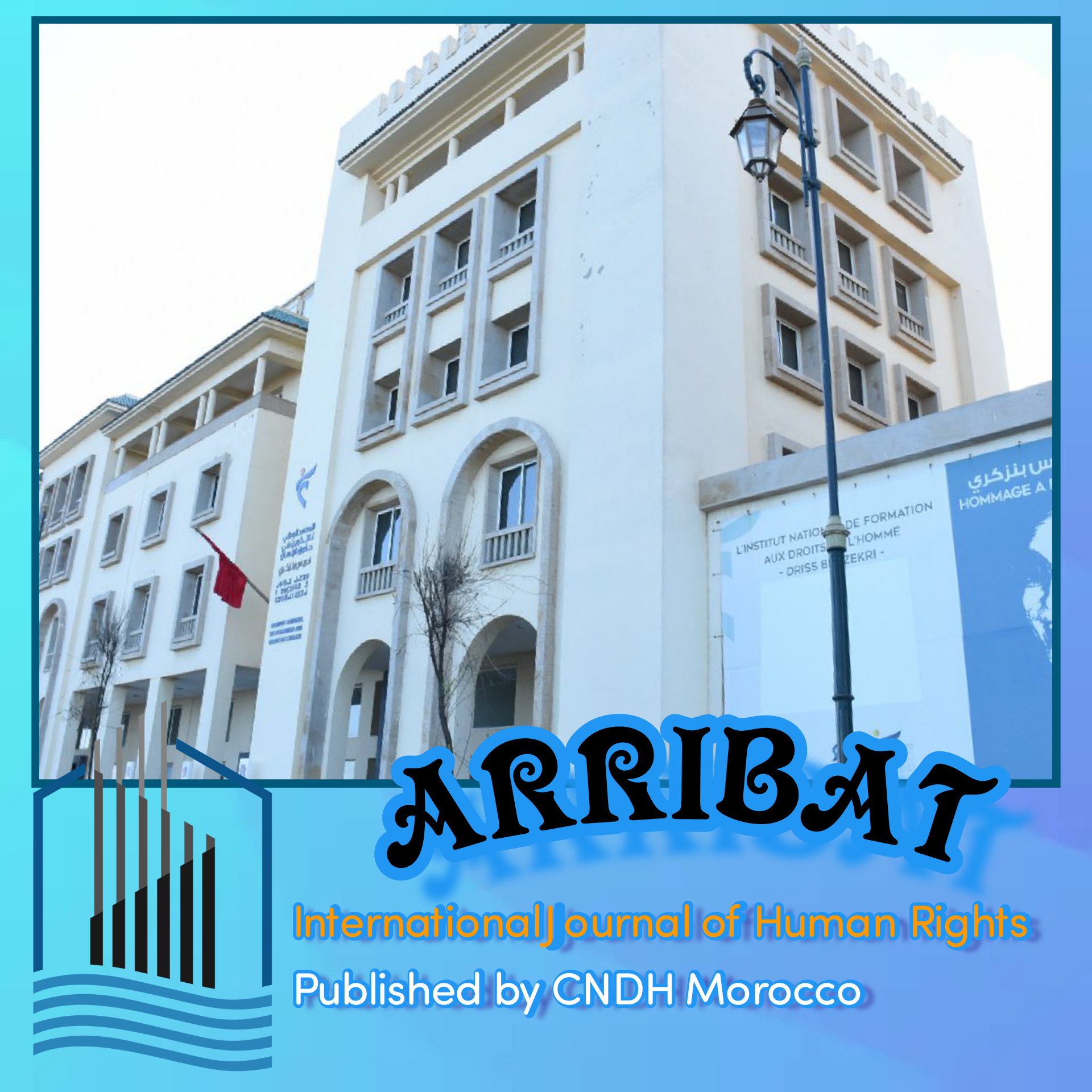The African Charter on the Rights and Welfare of the Child: Simple Copy or Contextualized Supplement to the Convention on the Rights of the Child?
Thierno Souleymane BARRY
Abstract
The Convention on the Rights of the Child (hereafter the Convention) adopted in 1989 devotes all the attention of the community of States to children. This time, the rights of the child have been translated into legal terms, in terms of rights, human rights mean and not just in terms of compassion for a vulnerable being a child.
This legal instrument can only have a reason if it is correctly applied within states, regions. Appropriation of the text is therefore the guarantee of the success of the instrument. The child occupies an important place in the cultural context of a given region; the rights should reflect this assertion. They should have a cultural base to be applied and gain all their effectiveness. In Africa, an African Charter on the Rights and Welfare of the Child (hereinafter the African Charter) has come to meet this requirement.
However, we can ask the following fundamental questions: Has the African Charter responded to the need to contextualize the Convention, or is it a pale copy of this Convention? Doesn't the effectiveness of child protection depend on contextualization of the universal instrument (the Convention) by the regional instrument (the African Charter)? In other words, isn't adapting universally recognized rights to the African context the best approach to make the protection of children in Africa efficient? How far is this adaptation possible without betraying universally recognized principles?
The African Charter on the Rights and Welfare of the Child, in addition to being a continuation of the Convention on the Rights of the Child, constitutes an adapted instrument, an adequate response for the effective protection of the rights of the child. African. In this, it provides an example of regional contextualization of international human rights instruments. The article will attempt to demonstrate the originality of the African framework for the protection of children's rights as well as possible improvements to make the framework more effective.
Keywords
References
[1] G. Van Bueren, The international law on the rights of the child, Martinus Nijhoff Publishers, 1998.
[2] D. Chirwa, "The merits and demerits of the African Charter on the Rights and Welfare of the Child," The International Journal of Children s Rights, vol. 10, no. 2, pp. 157-177, 2002.
[3] H. Gherari, "La Charte africaine des droits et du bien-être de l'enfant," Études internationales, vol. 22, no. 4, pp. 735-751, 1991.
[4] F. Bugnion, "Les Enfants Soldats, Le Droit International Humanitaire et la Charte Africaine des Droits et du Bien-Entre de L'Enfant," Afr. J. Int'l & Comp. L., vol. 12, p. 262, 2000.
[5] C. Lavallée, "La Convention internationale relative aux droits de l'enfant et son application au Canada," Revue internationale de droit comparé, vol. 48, no. 3, pp. 605-630, 1996.
[6] J. Oloka-Onyango, "Beyond the Rhetoric: Reinvigorating the Struggle for Economic and Social Rights in Africa," Cal. W. Int'l LJ, vol. 26, p. 1, 1995.
[7] D. Chirwa, "The merits and demerits of the African Charter on the Rights and Welfare of the Child," The International Journal of Children s Rights, vol. 10, no. 2, pp. 157-177, 2002.
[8] T. Barry, La protection des droits de l’enfant face au travail: la nécessité d’un changement de perspective par l’extension du concept de travail décent et l’application de l’approche basée sur les droits de la personne, 2015.
[9] G. Meunier, L'application de la Convention des Nations Unies relative aux droits de l'enfant dans le droit interne des États parties, l'Harmattan, 2002.
[10] M. Mubiala, Le Système régional africain de protection des droits de l’homme, Bruxelles: Bruylant, 2005.
[11] A. De WAAL and N. ARGENTI, Young Africa: Realising the rights of children and youth, Africa Research and Publications, 2002.
[12] P. Erny, L'enfant dans la pensée traditionnelle de l'Afrique Noire, Editions L'Harmattan, 1968.
[13] D. Youf, Penser les droits de l'enfant, Presses universitaires de France, 2002.
[14] M. Thioye, "Part respective de la tradition et de la modernité dans les droits de la famille des pays d’Afrique noire francophone," Revue internationale de droit comparé, vol. 57, no. 2, pp. 345-397, 2005.
[15] A. Nsamenang, Cultures of human development and education: Challenge to growing up African, New York: Nova Science Publishers, 2004.
[16] S. Goonesekere, "Human rights as a foundation for family law reform," The International Journal of Children s Rights, vol. 8, no. 2, pp. 83-99, 2000.
[17] M. Dieng, "Les difficultés d'application des conventions en matière de droits de l'homme en Afrique: le cas de la convention sur les droits de l'enfant au Bénin," Actualité et Droit international, 2001.
[18] N. Concepcion, "The Convention on the Rights of the Child After Ten Years: Success or Failure?," Human Rights Brief, vol. 7, no. 2, p. 1, 2000.
[19] R. Ngombe, Les normes juridiques internationales relatives à la protection des droits de la femme et de l'enfant en Afrique: le cas du Sénégal (Doctoral dissertation), Normandie Université, 2019.
Submitted date:
03/22/2021
Reviewed date:
05/26/2021
Accepted date:
05/27/2021
Publication date:
05/27/2021

